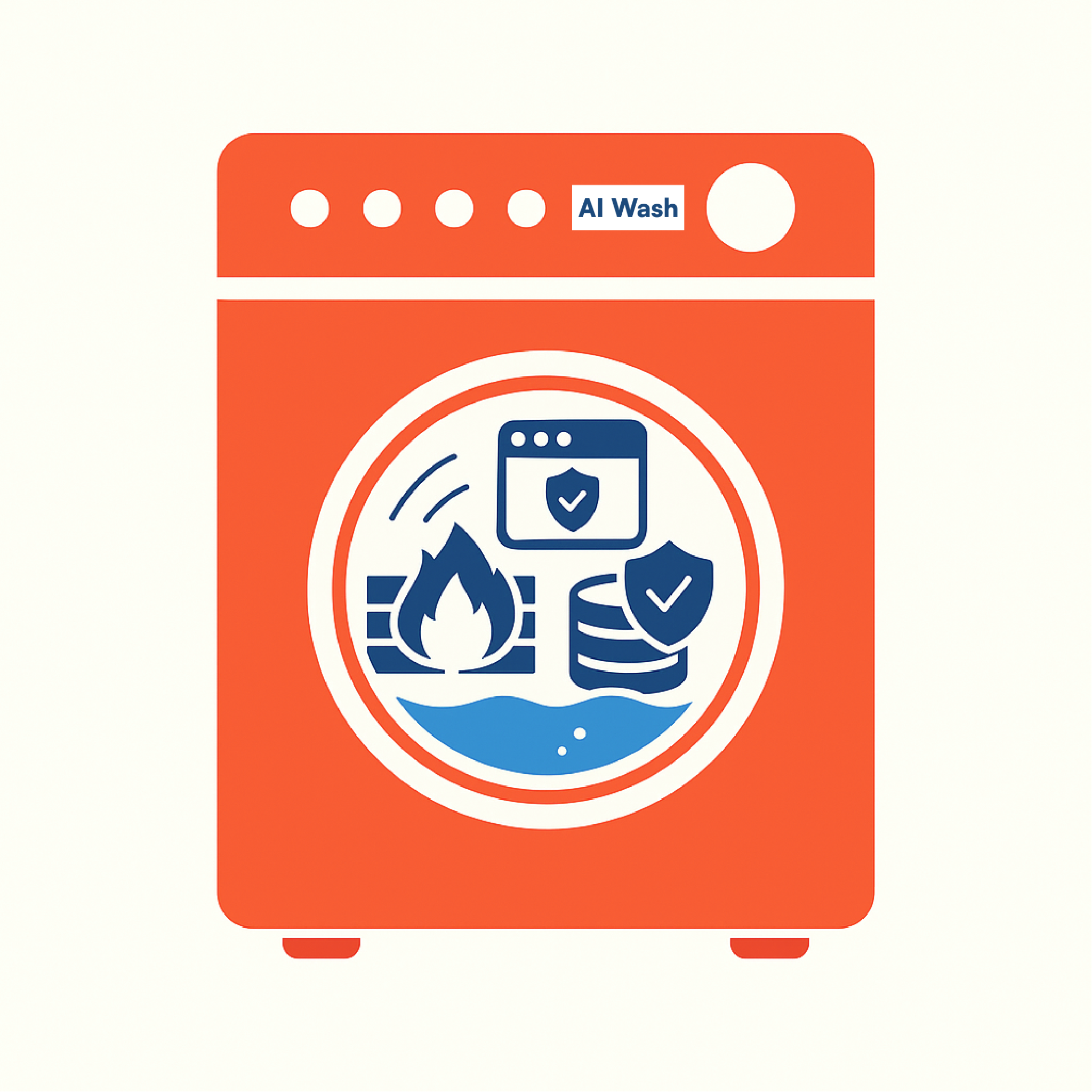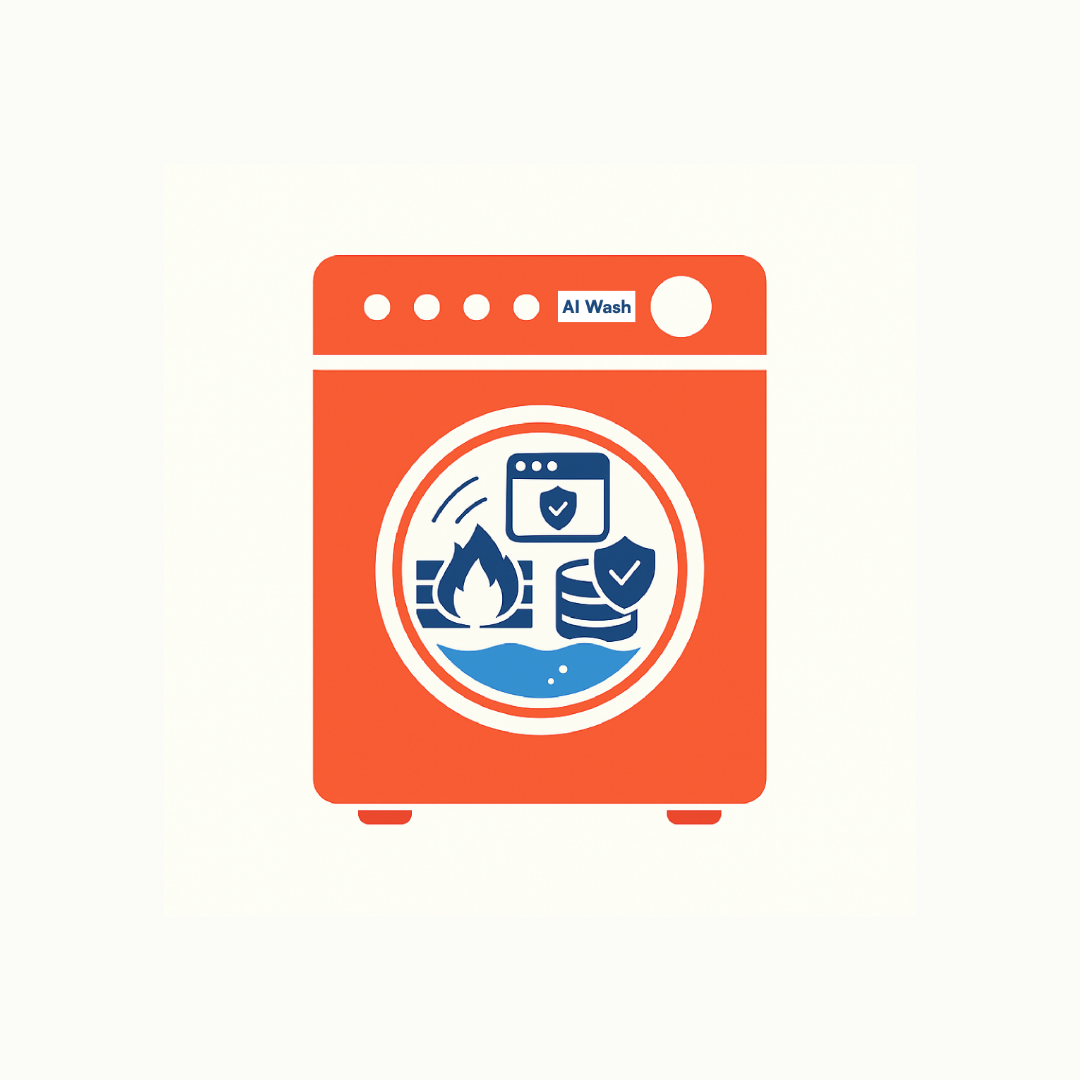Cutting Through the AI Security Noise—What Matters, What Doesn’t
Every major shift brings a wave of marketing, and AI is no different. We’re now at peak AI washing, where “AI security” is stamped on everything—whether or not it addresses the risks enterprises actually face. The real test isn’t a label, it’s whether a platform can govern AI at the point of use: inspecting interactions in real time, understanding intent and entitlement, and enforcing policy in context. That’s what separates the noise from truly AI-native security.


Chris Morosco, VP & Head of Marketing at Aurascape
August 20th, 2025
Walking the show floor at Black Hat this year, one message was impossible to miss: every vendor now secures AI. Some booths even tacked “+ AI” onto long-standing slogans; others declared themselves “AI-native.”
Clever hooks—but they also capture the moment we’re in. Adding “+ AI” to an existing story, or simply labeling yourself “AI-native,” doesn’t make it an AI security solution.
This pattern isn’t new. Every major shift—cloud, SaaS, mobile—sparked a rush to reframe old tools for a new era. Sometimes that evolution is real. Often, it’s a fresh coat of paint. We’re now at peak AI washing, where “AI security” and “AI-native” are applied broadly regardless of whether the underlying technology addresses the risks created by today’s AI.
The Three Dimensions of AI Security
AI security is not a single control. It’s a complex set of guardrails that, simplified, cover three distinct but connected responsibilities:
First, secure the AI you build—ensure models, agents, data pipelines, and the SDLC are designed, tested, and deployed with security in mind. That includes protecting the development pipeline, preventing adversarial manipulation, and aligning to frameworks such as the NIST AI RMF and emerging AI TRiSM guidance.
Second, protect the AI you run—defend production systems from prompt injection, jailbreaks, adversarial misuse, and data poisoning so apps and agents behave reliably and safely.
Third, govern how people use AI—the everyday interactions with third-party copilots, agents, and embedded features in SaaS. This extends beyond classic “security” into governance and compliance: visibility into usage, enforcement of acceptable-use policies, and proof that policy is applied at the moment of interaction. Without controls here, shadow AI, unmonitored data exposure, and regulatory gaps are inevitable.
The Categories Emerging in the Market
On the floor, nearly every offering mapped to one of those dimensions—but with very different approaches and levels of maturity.
Category One: Legacy Security Repackaged for AI
The first wave points familiar internet/SaaS controls—URL filtering, static DLP, regex—at AI endpoints. By treating AI apps like generic websites, these tools miss the substance of risk: user intent, entitlement, conversation context, and AI features embedded inside trusted services.
You’ll also hear, “we’ve secured AI for years.” Usually that means machine learning—statistical models used for threat detection, malware classification, and anomaly spotting. Valuable, yes, but fundamentally different from today’s LLM era, where employees interact with AI via copilots, agents, and embedded assistants. Securing a background ML model is not the same as governing sensitive data flowing through a generative conversation or enforcing policy at the point of use. Conflating the two is a hallmark of AI washing.
Category Two: Data Protection and AI Posture Management
A second camp extends CSPM and DSPM into AI security posture management (AI-SPM). These platforms inventory models and agents, map data flows, and surface misconfigurations, over-privileged access, and policy violations across training and inference pipelines. That’s valuable—especially for custom AI initiatives and audits—but it sits far from the human–AI interaction. It rarely sees embedded AI inside SaaS, and it cannot enforce acceptable-use policies in real time.
Category Three: Lightweight “Built-for-AI” Visibility
A third group ships fast by relying on browser extensions or API taps. Because they’re easy to deploy, they’ve gained traction—and many now market themselves as “AI-native.” In practice, if visibility depends on a plugin or a cooperative API and policy can’t be enforced inline, coverage will always be partial. Traffic outside those hook points goes unseen, embedded AI in trusted SaaS is opaque, and enforcement lags the interaction. Useful for monitoring; insufficient for governance or compliance.
Category Four: Developer-Focused AI Security
These tools help builders ship safer AI: adversarial testing, red-teaming, robustness evaluation, and AI-aware code/security assistants. They matter before external exposure. They don’t, however, solve the enterprise-scale reality of employees engaging daily with hundreds of third-party AI tools.
Category Five: Genuinely AI-Native — Inline AI Security and Governance (the hard road)
A smaller, more demanding path establishes a real-time inline control point for AI traffic. This is what AI-native should mean in practice: an architecture built for LLM-era interactions, not retrofitted URL or regex controls. By inspecting every exchange—not just the destination URL—these platforms know who is doing what with which data, inside which feature, and why. That combination of intent, entitlement, and data context enables granular policy, AI-driven classification and protection, and distributed, role-based governance—without forcing every team into a console. It’s harder to build, but it’s the only approach that scales as AI permeates copilots, agents, and embedded SaaS features.
What the Hype Cycle Is Telling Us
Gartner’s latest Hype Cycle for AI & Cybersecurity highlights exactly this moment: categories such as AI governance platforms and AI TRiSM, as well as AI usage control and AI security posture management, are rising—but remain early and uneven across capabilities. Some of these items are explicitly tagged as emerging with low market penetration today, underscoring immaturity despite the noise.
As enterprises encounter real gaps in production, tools that can’t deliver runtime, interaction-layer governance will fall away; solutions that solve that problem will endure.
Cutting Through the Noise
If you’re a CISO, start by asking where a product lives: is it securing what you build, what you run, or how your people use AI?
When you evaluate the use-of-AI portion specifically, press on three proof points:
- Intent awareness: can it understand and act on the full implications of an interaction, not just the text of a prompt?
- Coverage: does it see embedded AI in trusted SaaS and agentic workflows, or only a subset of stand-alone apps it recognizes?
- Enforcement: can it apply policy inline, in real time, with entitlement and context?
If any answer is “not really,” you’re buying branding, not control.
One quick “AI-native” sniff test: if a product can’t see embedded AI inside trusted apps, requires a browser plugin to see anything, or can’t enforce policy inline with entitlement, context and dynamic data protection, it isn’t AI-native—it’s AI-named.
Taking the Hard Road
At Aurascape, we chose the hard road early. We built a true AI-native, inline platform that inspects every interaction, understands intent and entitlement in context, classifies data dynamically, and enforces policy in real time—so governance and compliance aren’t just documents; they’re outcomes. It’s more work than stapling “+ AI” onto an existing stack, and it’s the only way to help enterprises adopt AI with confidence.
Markets sort themselves. As the hype settles, the difference between seeing AI and securing AI will be obvious. Shortcuts will fade. The hard-road platforms—the ones that govern how people actually use AI—will define the category. That’s the signal worth listening to amid the noise.
To learn more—and to see genuinely AI-native, inline governance in action—visit aurascape.ai.
Aurascape Solutions
- Discover and monitor AI Get a clear picture of all AI activity.
- Safeguard AI use Secure data and compliancy in AI usage.
- Copilot readiness Prepare for and monitor AI Copilot use.
- Coding assistant guardrails Accelerate development, safely.
- Frictionless AI security Keep users and admins moving.